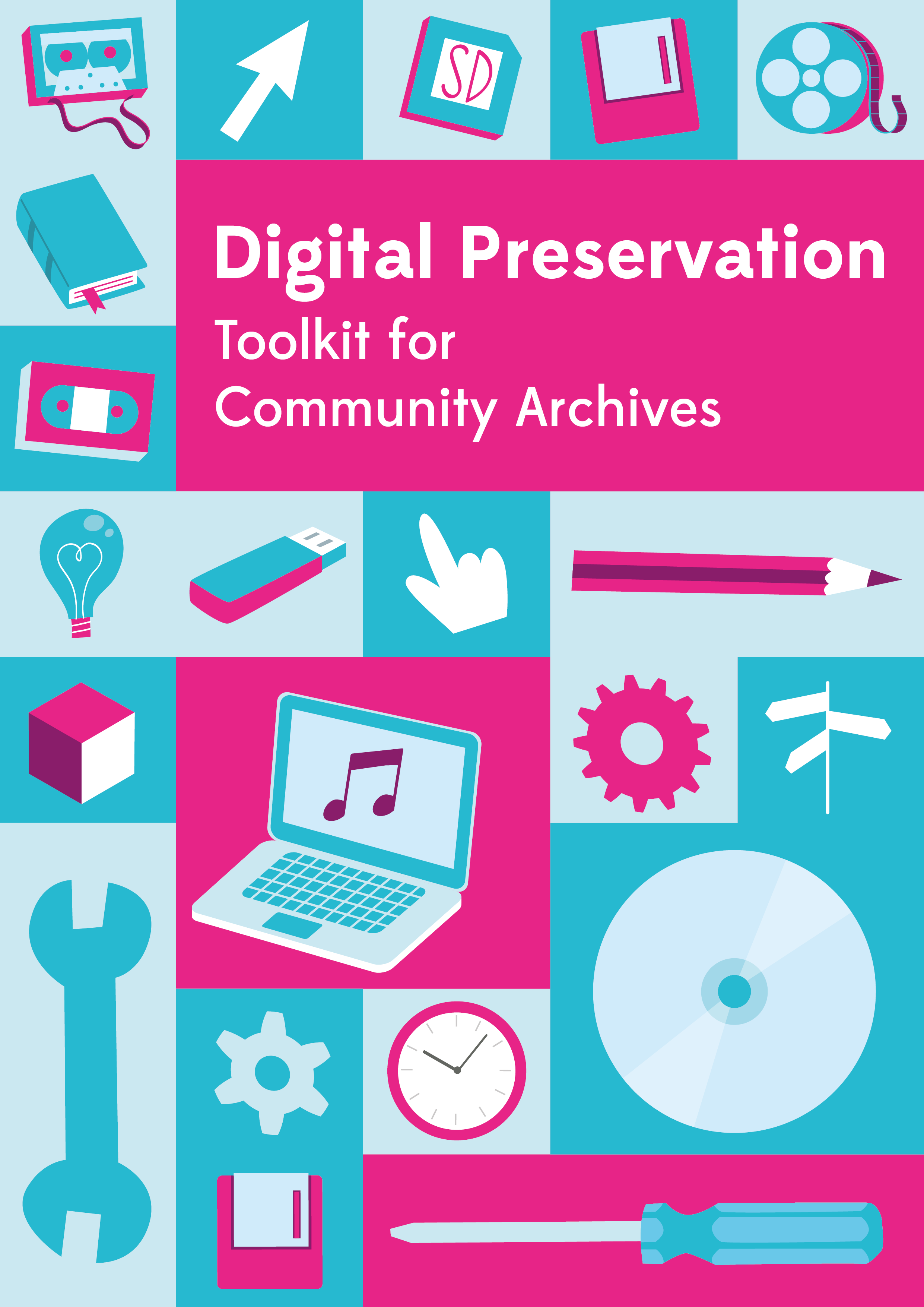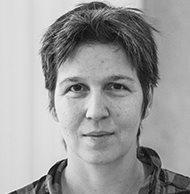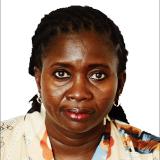Blog
Unless otherwise stated, content is shared under CC-BY-NC Licence
Three Point Perspective on Digital Preservation
Ailie O’Hagan is the Digital Preservation Librarian at Queen’s University Belfast
On the surface, the essential goal of digital preservation is simple: to maintain a digital object, its integrity and authenticity, for as long as necessary, while ensuring it remains usable and accessible. However, with the ready availability of digital software and platforms to suit all needs, and with increased complexity and interactivity, concepts of ‘usable’ or ‘authentic’ become harder to define, and the ongoing tasks of digital preservation must adapt to fit within stakeholder capacity.
Releasing an updated guide for installing and using the file characterisation tool 'Brunnhilde'
Niamh Murphy is the Digital Preservation Librarian for the University College Dublin Library.
A few years ago, I published a series of blog posts for the DPC, where I outlined the benefits of using Brunnhilde and provided a beginner's guide to its installation and use. Since then, I’ve received feedback from members of the digital preservation community, who have incorporated this resource into their training procedures and workflows. However, significant updates have been made to Brunnhilde and its dependencies since those posts were written.
As I continue to use Brunnhilde in my day-to-day work at UCD Library - particularly during an audit of our digital holdings - I’ve begun revising my documentation to reflect these updates.
At iPRES, I casually mentioned to peers that I was considering releasing an updated version of the documentation, and to my surprise, there was great interest.
So, here we are!
Celebrating Communities on World Digital Preservation Day
Karyn Williamson is a Digital Preservation Analyst at the Digital Preservation Coalition
 Digital preservation is complex and there is no one size fits all solution. This is especially true for the community archive sector, where many groups operate with limited resources, budget and specialist help. The Our Heritage, Our Stories project, a research project funded by the AHRC Towards a National Collection fund, has worked with a wide range of community groups and archives to research and document the community archives landscape in the UK.
Digital preservation is complex and there is no one size fits all solution. This is especially true for the community archive sector, where many groups operate with limited resources, budget and specialist help. The Our Heritage, Our Stories project, a research project funded by the AHRC Towards a National Collection fund, has worked with a wide range of community groups and archives to research and document the community archives landscape in the UK.
Game on for the Study Group Bits and Bots
Francesca Mackenzie works at The National Archives UK; Lotte Wijsman and Susanne van den Eijckel both work at the National Archives of the Netherlands.
Flabbergasted, excited and grateful: This was the rollercoaster of emotions that happened when Matthew Burgess announced that the study group Bits and Bots for developing digital skills won the DP Award in the category Teaching and Communications during iPRES2024. We cannot thank the judges enough for the huge acknowledgement they gave our work, the moment they announced we were on the shortlist. To actually win the award was just the cherry on top!
The unsung digital preservation story arc in the Star Wars galaxy
Jemma Singleton is an archivist at Newcastle University
It's WDPD24 and it seemed fitting to highlight the crucial role that digital preservation plays in films… and specifically as a key plot driver in a galaxy far, far away…
Yes, this is about Star Wars. What if I put to you the following proposition… that there are various factors linked to digital preservation practices or interventions by both the empire and the rebels. If any of them had played out differently then the death star would have continued to exist beyond ‘A New Hope,’ ensuring empire supremacy for the long-term.
Unconvinced…Well now it’s time for the detail.
iPRES 2024 - Meeting the Digital Preservation Community - Impressions of a first-time attendee
Lukas Hechenblaickner works as an archivist at an international organization based in Vienna. He attended the iPRES 2024 Conference with support from the DPC Career Development Fund, which is funded by DPC Supporters.
This year, I was one of the lucky recipients of the DPC’s career development fund grant that allowed me to attend iPRES2024 in the beautiful city of Ghent (and Antwerp). It was an exciting opportunity and rewarding experience for many reasons!
Coming from a professional background and training as a historian-archivist, digital preservation is a field I have only gradually been exploring in recent years. It has, however, become increasingly important for my position as an archivist at an international organization which is in the process of transitioning from a paper-based to digital filing system (or has, in theory, already completed this transition – but tell that to the colleagues who are still transferring trolleys full of paper files to the archives!).
Keep calm and Archive on!
Yvonne Tunnat is Preservation Manager at ZBW, Leibniz Information Centre for Economics
During the „Oops - If only... “birds of a feather session led by Paul Stokes at this year’s iPRES in Ghent, we were asked to reflect on former mistakes and possible improvements. “I should have been more calm!” was what came to my mind immediately.
That’s what I would tell myself, if I had the opportunity (due to a time machine, a TARDIS or Hermione’s time turner) to talk to my younger self when I started the job in October 2011: “You have time! It will all move so much slower than you can imagine right now. But you also will have much more time than you can wrap your head around right now!”
Celebrating the heroes of Indigenous Knowledge in Africa: Honouring Ladi Kwali’s Legacy and the Art of Nigerian Pottery
Folasade Adepoju is Chief Librarian at the National Library of Nigeria
Lessons from iPRES 2024
In September, I was one of the first time attendees at iPRES 2024 in Ghent, Belgium from September 16 to September 20. I was able to attend in person, which was a priceless opportunity, all thanks to DPC. The conference brought together brilliant minds, professionals, academics, vendors, and enthusiastic rookies like me and gave me the platform to learn, unlearn, relearn and network.
I attended four days of paper presentations by several authors detailing their work, efforts, and accomplishments. While we are working hard back home in Nigeria toward digital preservation, listening to the speakers, their papers, infographics, bake-off sessions, lightning talks, collaborative game development, creating a community of practice, etc. in the conference room made me wonder if we will ever get to that point as a library. At one point, I got emotional with the exceptional efforts others across the globe are putting in the advancement of their digital preservation space.
What to expect if we save digital data on hard drives
Elizabeth Day, Assistant University Archivist for Records Management, and Irina Schmid, Instructor and Digital Collections Archivist, both work at the American University in Cairo.

THE WHITE DESERT STORY
The White Desert is a one-of-a-kind landscape in Egypt, known for its breathtaking rock formations created by wind erosion over millions of years. These formations are made of white chalk and have been sculpted into a variety of shapes and structures, such as mushrooms, cones, and columns.
From a cultural perspective, the White Desert is a well-known tourist destination and UNESCO World Heritage site. The distinctive rock formations, combined with the stark beauty of the surrounding desert, make it a popular destination for photographers, hikers, and adventurers alike.
From a scientific perspective, The White Desert provides important scientific insights into the erosion and sedimentation processes that have shaped the Earth's surface throughout history. The White Desert's distinctive formations and patterns can help scientists better understand how wind, water, and other natural forces interacted over time to create the world we know today.
Overall, the White Desert's unique geological features and cultural significance make it an appealing destination for both scientists and tourists. However, the economic benefits of tourism must be balanced against the need to protect and preserve the fragile ecosystem of the White Desert for future generations to enjoy.
Leverage the strengths of community, promote digital S&T literature resources preservation in China
Zhenxin Wu is the deputy director of NDPP (National Digital Preservation Program), and she is also a senior researcher of National Science Library, Chinese Academy of Sciences. Additionally, she is a professor of school of economics and management, University of Chinese Academy of Sciences in Beijing, China.
[本文的中文版如下]
We all know that we are in a world where "born digital material" has become the mainstream mode of academic communication, especially since Generation Z has become a part of the scientific research community. Therefore, sustainable access to digital scholarship resources is now an urgent strategic issue in the field of research and education in any country. However, due to the inherent risks of digital information in terms of media, formats, software, and systems, along with the international and commercial nature of the academic publishing market, it is not reasonable to assume that the sustainability of these resources is guaranteed. This is the principal reason for archiving commercial academic publishing resources.
China is currently the leading contributor to scientific publications[1], but most of its international publications are issued by 20+ commercial publishers operating outside of China[2]. Some Chinese institutions began digital preservation of scientific publications early on; for example, in 2009, the National Science Library (NSL)[3] of the Chinese Academy of Sciences (CAS) initiated long-term preservation agreements with SpringerLink and IOPP to archive publications.

















































































































































